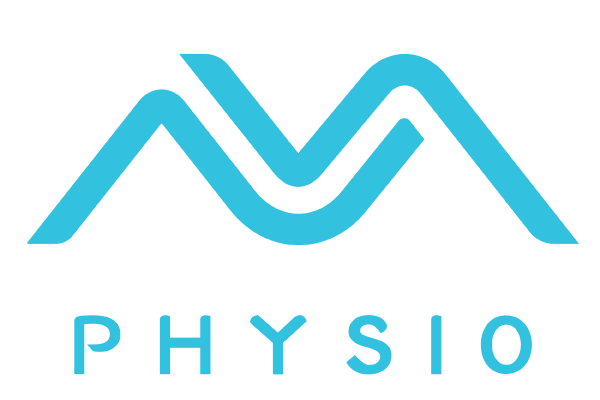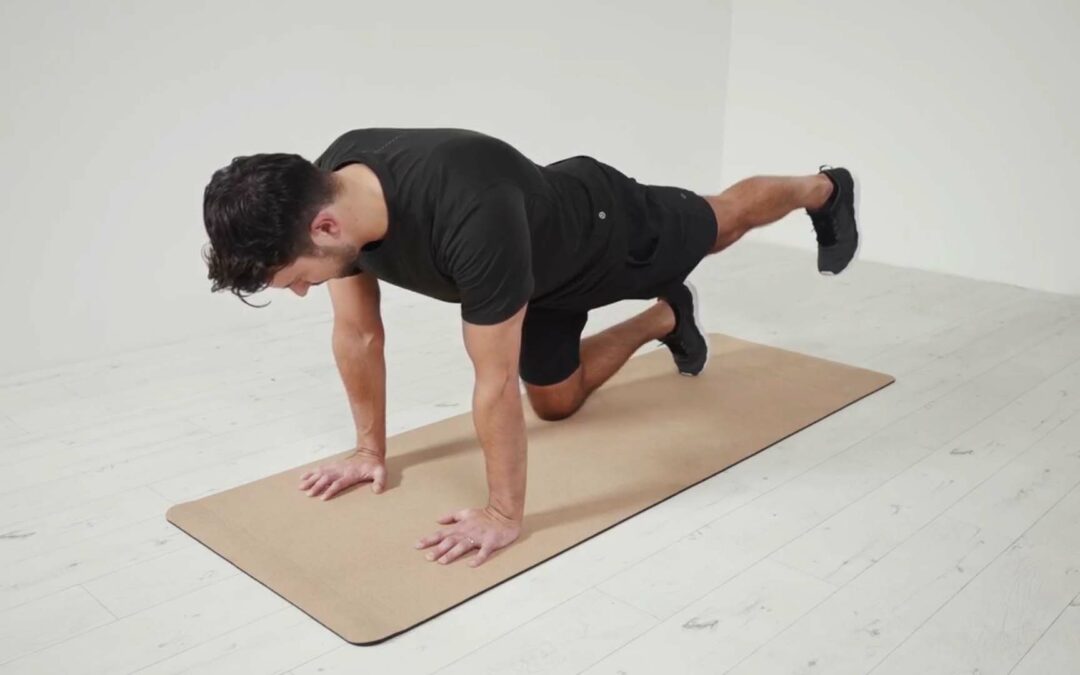Understanding the Role of Stabilization Lunge for Hip Injury
Hip injuries are often the result of repetitive strain, trauma, or overuse, and they can affect individuals of all ages and activity levels. These injuries can cause pain, limited range of motion, and functional limitations. Understanding the specific type of hip injury is crucial in designing an effective treatment plan.
Stabilization lunges exercises have gained recognition as an essential component of hip injury rehabilitation. These exercises aim to improve muscle strength, joint stability, and functional movement patterns. By incorporating stabilization exercises into a treatment plan, physiotherapists can address the underlying causes of hip injuries and facilitate a more complete recovery.
Research has shown that incorporating core stability exercises, such as stabilization lunges, into prevention programs can reduce the risk of lower extremity injuries. The core, which includes the lumbopelvic-hip complex, plays a crucial role in maintaining spinal equilibrium and stability. Studies have demonstrated that alterations in core muscle recruitment and weakness in load transfer muscles may be related to lower extremity function and injury. Therefore, focusing on core stability exercises can have a significant impact on hip injury rehabilitation.
How to Perform Stabilization Lunge Exercise
The stabilization lunge exercise is a dynamic movement that targets multiple muscle groups, including the gluteus medius and gluteus maximus. These muscles play a vital role in hip stability and overall lower extremity function. Performing stabilization lunges can help improve muscle strength, enhance neuromuscular control, and restore proper movement patterns.
To perform the stabilization lunge exercise:
- Stand with feet hip-width apart, one foot in front and one behind.
- Keep your body upright and move your pelvis forward. You can use your hands on the sides of your trunk for support.
- Lift your back heel and balance on the front foot.
- Squeeze your glute muscles to tuck your lower back and pelvis under.
- Bend both knees to 90 degrees, ensuring the back knee doesn’t touch the ground.
- Pause, then use your glute muscles to lift back up.
- Keep both feet facing forward and evenly distribute your weight between them.
- Avoid leaning over the front foot and prevent your pelvis from twisting by keeping it facing forward.
- Maintain an upright posture with your head aligned with your spine to avoid bending forward.
- Breathe normally and follow your physio’s advice regarding pain levels during the exercise.
It is important to maintain proper form and technique throughout the exercise. Avoid excessive forward movement of the knee and ensure that your front knee does not extend beyond your toes. Additionally, focus on engaging your gluteal muscles to stabilize the hip joint effectively.
Benefits of Stabilization Lunges in Hip Injury Recovery
The incorporation of stabilization lunges into a hip injury rehabilitation program offers a range of benefits. Let’s explore some of the key advantages:
1. Improved Hip Stability
Stabilization lunges specifically target the gluteus medius and gluteus maximus muscles, which are essential for hip stability. These muscles help control the movement of the hip joint and provide stability during weight-bearing activities. By strengthening these muscles, patients can regain stability and reduce the risk of reinjury.
2. Increased Muscle Strength
Hip injuries often lead to muscle weakness in the surrounding areas. Stabilization lunges help to address this weakness by targeting the gluteal muscles, quadriceps, and hamstrings. As these muscles become stronger, patients can regain strength and improve overall function.
3. Enhanced Neuromuscular Control and Coordination
Stabilization lunges require coordination between multiple muscle groups and the nervous system. By performing these exercises, patients can improve their neuromuscular control, which is essential for proper movement and joint stability. This enhanced coordination can help prevent future injuries and improve overall athletic performance.
4. Reduction in Pain and Improvement in Joint Mechanics
Stabilization lunges not only strengthen the muscles surrounding the hip joint but also help improve joint mechanics. By promoting proper alignment and movement patterns, these exercises can reduce pain and discomfort associated with hip injuries. The increased stability and improved mechanics can contribute to a more efficient and pain-free recovery.
Precautions and Considerations
While stabilization lunges can be highly beneficial for hip injury recovery, certain precautions and considerations should be taken into account:
- Contraindications: Stabilization lunges may not be suitable for all hip injuries or medical conditions. It is important to consult with a qualified physiotherapist to determine if stabilization lunges are appropriate for your specific situation.
- Modifications and Alternatives: Some patients may initially struggle with the stabilization lunge exercise due to pain, weakness, or limited range of motion. In such cases, modifications or alternative exercises may be necessary. A physiotherapist can provide guidance on suitable modifications based on individual needs.
- Supervision and Guidance: Stabilization lunges require proper technique and form to be effective and safe. It is essential to seek supervision and guidance from a qualified physiotherapist who can provide instruction, monitor progress, and ensure patient safety throughout the rehabilitation process.
- Patient Education: Educating patients about the importance of proper technique, progress monitoring, and adherence to the treatment plan is crucial. Patients should understand the significance of stabilization lunges and actively participate in their own recovery process.
Use of Merlin Physio for Stabilization Lunge
Merlin Physio can be a valuable tool for individuals recovering from hip injuries, particularly when it comes to exercises like Stabilization Lunges. Here’s how Merlin Physio can assist with this specific aspect of recovery:
1. Personalized Exercise Plans:
Merlin Physio can create personalized exercise plans tailored to the individual’s specific hip injury and recovery goals. Stabilization Lunges can be modified to suit the patient’s current abilities and gradually progress as their hip strength and stability improve.
2. Progress Tracking:
Merlin Physio allows physiotherapists to track the patient’s progress over time. They can monitor improvements in hip strength and stability through data recorded in the app. This data helps in making informed decisions about when and how to advance the Stabilization Lunge exercises.
3. Real-Time Feedback:
The app can offer real-time feedback to patients while they perform Stabilization Lunges. It can analyze their posture and movement and provide guidance on making adjustments to ensure proper form and reduce the risk of overexertion.
4. Motivation and Reminders:
Staying consistent with exercises is crucial for recovery. Merlin Physio can send reminders to patients, motivating them to stay on track with their Stabilization Lunge routines. Achieving milestones and seeing progress in the app can also serve as a source of motivation.
In summary, Merlin Physio can play a pivotal role in hip injury recovery by providing personalized guidance, tracking progress, offering real-time feedback, and enhancing communication between patients and physiotherapists. Stabilization Lunges, when integrated into a comprehensive rehabilitation plan through the app, can contribute significantly to the recovery and stability of the injured hip.
Conclusion
Incorporating stabilization lunges into a physiotherapy treatment plan can significantly contribute to hip injury recovery. By targeting key muscle groups, promoting hip stability, and improving neuromuscular control, stabilization lunges offer a holistic approach to rehabilitation. However, it is essential to collaborate with a qualified physiotherapist who can tailor the treatment plan to the individual’s specific needs and goals. With the power of stabilization lunges and expert guidance, patients can regain mobility, strength, and overall well-being after a hip injury.

